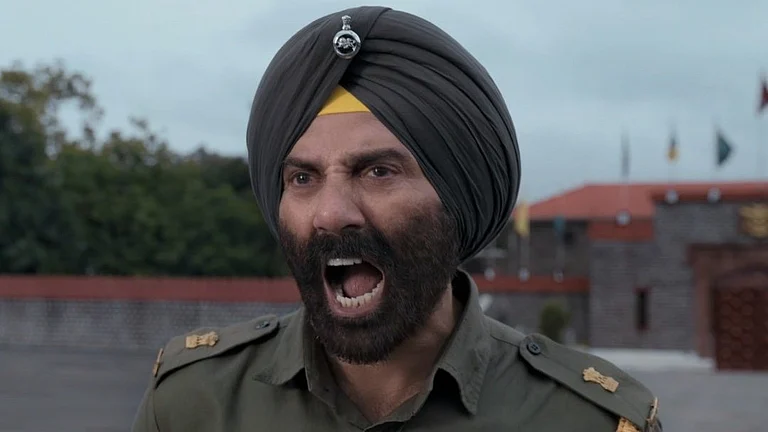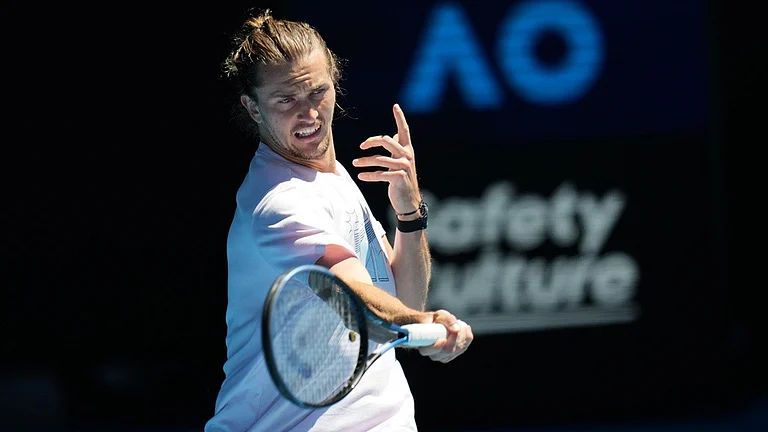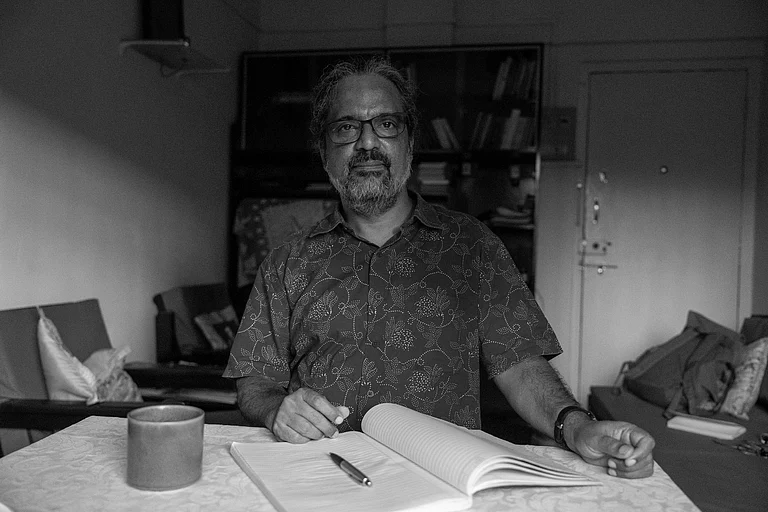Telangana, the heart of the Deccan, is not unaccustomed to hostility with Delhi.
Between 12th and 14th century AD, the Kakatiya dynasty spanned present-day Telangana, Andhra Pradesh, and parts of Karnataka and Tamil Nadu. The regime’s later rulers staved off the might of the Delhi Sultanate, until the defeat of its last king Prataprudra Deva II by Ghiyasuddin Tughlaq in 1323.
Rudra Deva’s brother Annama Deva, who was being hauled back to Delhi after the defeat, slipped his captor’s clutches along with a band of followers in the Danadakaranya forests, now in Chhattisgarh, where he founded the Bhanj dynasty.
In July this year, the Bhanj dynasty’s 22nd titular head and a Kakatiya heir, 38-year-old Kamal Chandra Bhanj Deo, arrived in Telangana, amid state government-orchestrated fanfare to kick-off a seven-day Kakatiya festival, to celebrate the glory of the Kakatiya regime. The Kakatiyas were headquartered out of Warangal, Telangana’s second largest city. Deo’s trumpeted return to Telangana, a region where his ancestors reigned, may have linkages to history, but the visit also appears to be rooted to contemporary politics too.
For K. Chandrashekar Rao (KCR), supremo of the Bharat Rashtra Samithi (BRS, formerly known as the Telangana Rashtra Samithi — TRS), the Kakatiyas and their iconic lineage, suits well as a convenient political body armour to take on the BJP’s pan-India nationalism artillery.
About the Kakatiya dynasty
Venetian adventurer and trader Marco Polo arrived in Mutfili, a flourishing port in Kakatiya empire in 1292 AD. His account of travels during the reign of the Kakatiya dynasty’s third sovereign, Rudrama Devi, glitters with tales about the riches of the land.
“No other country but this kingdom of Mutfili (now in Prakasam district in Andhra Pradesh) produces them (diamonds), but there they are found both abundantly and of large size. Those that are brought to our part of the world are only the refuse, as it were, of the finer and larger stones. For the flowers of the diamonds and other large gems as well as the largest pearls, are all carried to the Great Kaan (Khan) and other Kings and Princes of those regions; in truth they possess all the great treasures of the world,” according to the adventurer’s notes documented in the book Travels of Marco Polo.
But diamonds alone were not the calling card of the Kakatiya clan, nor was their penchant for constructing temples, some of which are considered architectural marvels. The regime was better known for developing an intricate system of water tanks. Successive kings built as many as 70,000 water tanks across their kingdom to facilitate potable water and irrigation for their kingdom’s denizens.
Kakatiya to KCR
The BRS is quick to draw parallels between this legacy of the Kakatiyas and KCR’s much trumpeted ‘Mission Kakatiya’, an elaborate plan to rejuvenate the ancient water tank network.
“Telangana is known for water tanks which are linked. Development of the irrigation sector was a great achievement of the Kakatiya dynasty. They have built more than 70,000 tanks. After the formation of Telangana, our Chief Minister undertook a mission called ‘Mission Kakatiya’ to restore the tanks, which has contributed a lot to minor irrigation. Lakhs of acres of land could be irrigated and the ground water is now recharged. It’s a great achievement. The Kakatiyas had done it then and after centuries our Chief Minister has done the same,” BRS spokesperson Ravula Sridhar Reddy told Outlook.
The water tank legacy
According to Telangana-based historian Aravind Pakide, the impact of the Kakatiya dynastic rule can still be felt in the lives of the state’s residents, right down to the water they drink.
“The water we are drinking today is because of the Kakatiyas and the tank system which they built. Many of these tanks are still in use even after centuries. The water we are using for agriculture or drinking purposes is because of the Kakatiyas, if not Telangana would have been an arid region like Rayalaseema,” Pakide told Outlook.
Telangana accounts for 46,531 such water tanks, most of which slipped into a state of disuse over time. Mission Kakatiya plans to restore 9,306 water tanks every year.
Why regional icons?
When Telangana was carved out as a separate state out of Andhra Pradesh in 2014, the thoran, an emblem of the Kakatiya dynasty found its way into the state’s official insignia along with the Charminar, built by the Qutb Shahi dynasty.
Telangana is a cradle of a medley of cultures, which assimilate into the larger Dakhini identity, that bears influence of Islamic rule as well as regimes like the Kakatiyas or much later the British.
The Bharatiya Janata Party (BJP) has brooked little stopping in its march across the country, using Hindutva and nationalism as its battering rams. With the Congress, the BJP’s principal national opponent, in a state of perennial crumble, regional parties like the Trinamool Congress (TMC), Dravida Munnetra Kazhagam (DMK), Biju Janata Dal (BJD), and the BRS appear to have come up with their own unique optics and strategies involving regional pride, as a shield against the BJP’s pan-India nationalism mantra.
And with the saffron party more adept at critiquing Islamic icons, the BRS’s use of the Kakatiya empire makes for a much more complex target of a target for the BJP to attack. It also allows Rao’s party to use the regional icons as a bulwark against the tide of nationalism engineered by the BJP, more effectively so during election campaigns.
BRS’s Reddy also draws a stark contradiction between the inclusive regime of the Kakatiyas versus BJP’s nationalism, which he said propagates a divisive approach.
“Kakatiyas are known for their liberal and democratic approach, even then. They have ruled all sections equally and allowed freedom of whatever faith or religion that you practice…An ideology should work for the nation’s integrity, development and people’s welfare. It should not be used to divide people. In the name of nationalistic approach or cultural nationalism, BJP propagates the divisive approach,” Reddy claimed.
Tough to beat regional trump card
According to BJP’s chief spokesperson for Telangana K. Krishna Sagar Rao, it is not easy for a national party to take on a regional party which uses its sub-national identity to parry his party’s constant nationalistic punches.
“It is hard to beat a regional trump card especially when you have two regional parties operating in the state. But if there is one regional party, it is not impossible to beat them, but it takes a long time,” Rao told Outlook.
TMC chief Mamata Banerjee used regional pride as a poll plank to shut the doors on the BJP in West Bengal. In Tamil Nadu, Chief Minister Stalin appears to have veered towards the uniqueness of Tamil language, culture, and the Dravidian race as a counter to BJP’s Hindi heartland politics. In Telangana, BRS seems to be taking comfort in the Kakatiya armour.
Perhaps, the motley Davids of regional politics in India, have indeed found a whiff of a formula to take on the rampaging Goliath of Delhi’s Deen Dayal Upadhyay marg.





















